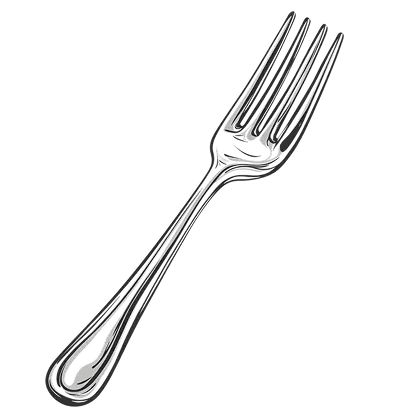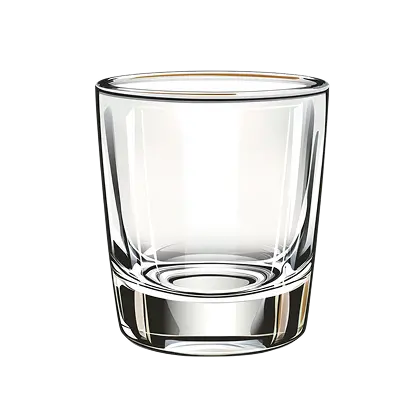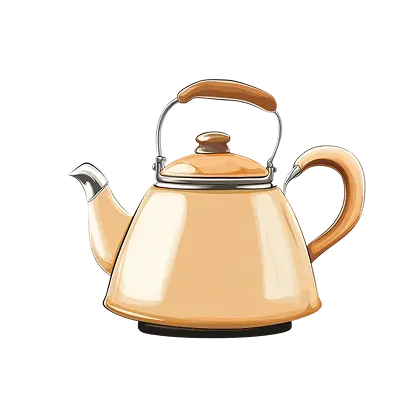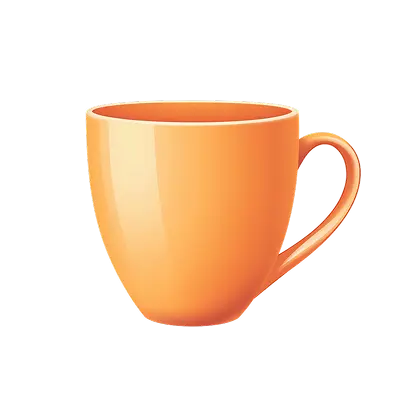

Fork (noun) — It is a utensil with two or more prongs used for eating, serving, or handling food. It can also refer to a point where something divides, such as a road, river, or even a software project branching into a separate development path.
How to Pronounce “Fork”?
To pronounce “fork,” begin with the “f” sound as in “fish,” followed by the “or” sound as in “short,” and end with a crisp “k” sound.
Level up your English with Koto!
Examples: How to Use “Fork” in a Sentence?
Take a look at the practical usage of this word, there are plenty of variants of what you can do with it and where to put it in lexical-grammatical terms.
What Are Synonyms for the Word “Fork”?
Discover the list of synonymous expressions to boost your vocabulary capacity and general English knowledge.
Related nouns: cutlery utensil tableware
Synonyms (contextual): prong trident tine
Common collocations: knife and fork pick up a fork use a fork
“Fork” Word Formation and Description in Context
You can combine this word with various parts of speech to create new, interesting language structures and learn more about the creation of unique phrases.
With adjectives: stainless fork silver fork plastic fork clean fork
With verbs: use a fork eat with a fork hand someone a fork drop a fork
With nouns (noun + noun): dinner fork salad fork dessert fork serving fork
Idioms and Phrases with “Fork”
Depending on context, this word can express different meanings. Understanding of it can enrich your oral and written English. So what does “fork” mean in the following examples?
-
Fingers were made before forks — This phrase is a humorous or casual justification for eating with your hands instead of using cutlery, suggesting that it’s more natural or traditional.
When I picked up the fried chicken with my hands, Grandma just laughed and said, “Fingers were made beforeforks !” -
Play a good knife and fork — This old-fashioned phrase means someone eats heartily or has a good appetite.
Don’t worry about cooking too much — uncle Joe plays a good knife andfork ! -
Fork in the road — This refers to a point where a decision must be made between two or more options, often symbolizing a significant life choice.
After graduating from college, I reached afork in the road — pursue a career or travel the world.
Test Your Knowledge of Fork Meaning — Quiz Time!
Define a fork in a broader sense with our intellectual game. As a result, you will get tons of fun and new, useful information.
Enjoy personalized learning!
“Fork” Word in Other Languages
Learn more about how to spell “fork” in other popular languages. Broaden your linguistic horizons with this additional information.
| Language | Word for “Fork” |
|---|---|
 Spanish
Spanish |
Tenedor |
 French
French |
Fourchette |
 German
German |
Gabel |
Did You Know It? Fun Facts About “Fork”
The definition of “fork” may remain similar over the years, but its history has undergone significant changes, which have had a profound influence on our lives.
-
Forks were once considered scandalous
When the fork was introduced into Europe from the Middle East around the 11th century, many considered it unnecessary or even sinful. Religious leaders mocked their use; they argued that using utensils instead of fingers was arrogance and defiance against God’s design. The fork did not enjoy full acceptance into Western dining until it had to go through one storm after another. -
Early forks had only two tines
The original forks that were used for eating had away with just two long, sharp tines, almost looking like tiny pitchforks. They were principally used to hold the meat in place while carving rather than to eat directly. Like many other early versions, these were rather crude, but more tines soon followed out of practicality — the necessity of invention. -
Fork design reflects its purpose
Different forks have been intended for varied foods: salad forks are shorter and broader, dessert forks may have a flatter edge, and fish forks may typically be curved one tine for removing bones. Even a dinner fork, simple as it may be, manages all sorts of textures with its balance of length and curve. -
Forks reached England surprisingly late
While in Italy and France, forks were widely used by noblemen, this item remained rare in England until the 18th century. People there throughout this period would rather use their spoons and knives, even for solid food. Others went as far as to say that fork use was unmanly, or a little too posh in nature — an example of how stubborn the old traditions can be at the dining table itself. -
The word “Fork” has ancient roots
The English word “fork” comes from the Latin “furca,” meaning pitchfork or yoke. This reflects both the fork’s shape and its early use as a cooking and serving tool rather than a dining utensil. Its name stuck as it transitioned from kitchen to table over the centuries.
Famous Quotes Featuring “Fork”
Take a look at how the word “fork” has become pretty common among very popular quotations and offers more sense than just an item in your hand when you eat something.
Explanation: Emily Post suggests that true manners come from empathy and consideration for others, not rigid rules or formal etiquette. Even if you don’t follow traditional table settings, being kind and respectful is what really matters.
— Paul Prudhomme
Explanation: This quote emphasizes that enjoying great food doesn’t require wealth or formality. It’s a reminder that quality and pleasure aren’t dependent on luxury or appearances.
— Will Rogers
Explanation: Will Rogers humorously points out that social norms dictate refined behavior, but our natural instincts often remain. When no one is watching, we revert to simplicity and comfort.
— Stanisław Jerzy Lec
Explanation: This satirical quotation questions the true meaning of progress. Using tools or following customs doesn’t necessarily reflect moral or ethical advancement if the underlying behavior remains savage.
— Mario Batali
Explanation: Batali celebrates the sensory and cultural experience of eating with hands. He implies that it brings us closer to the food and may even enhance its enjoyment.





